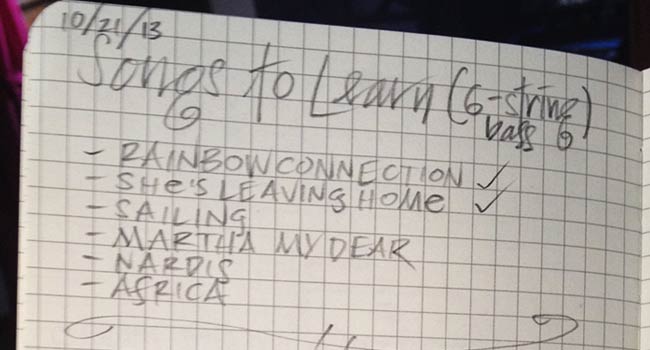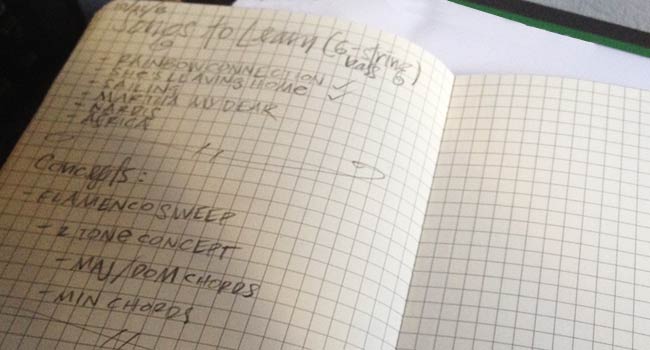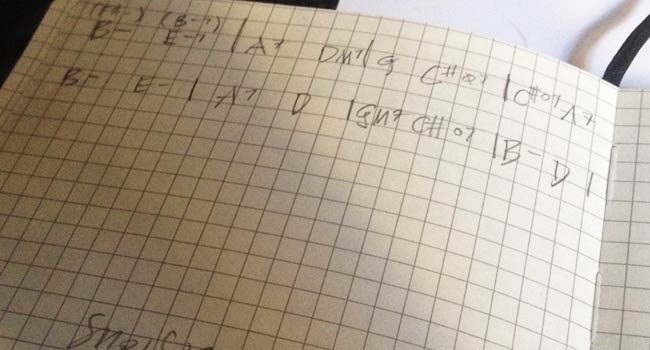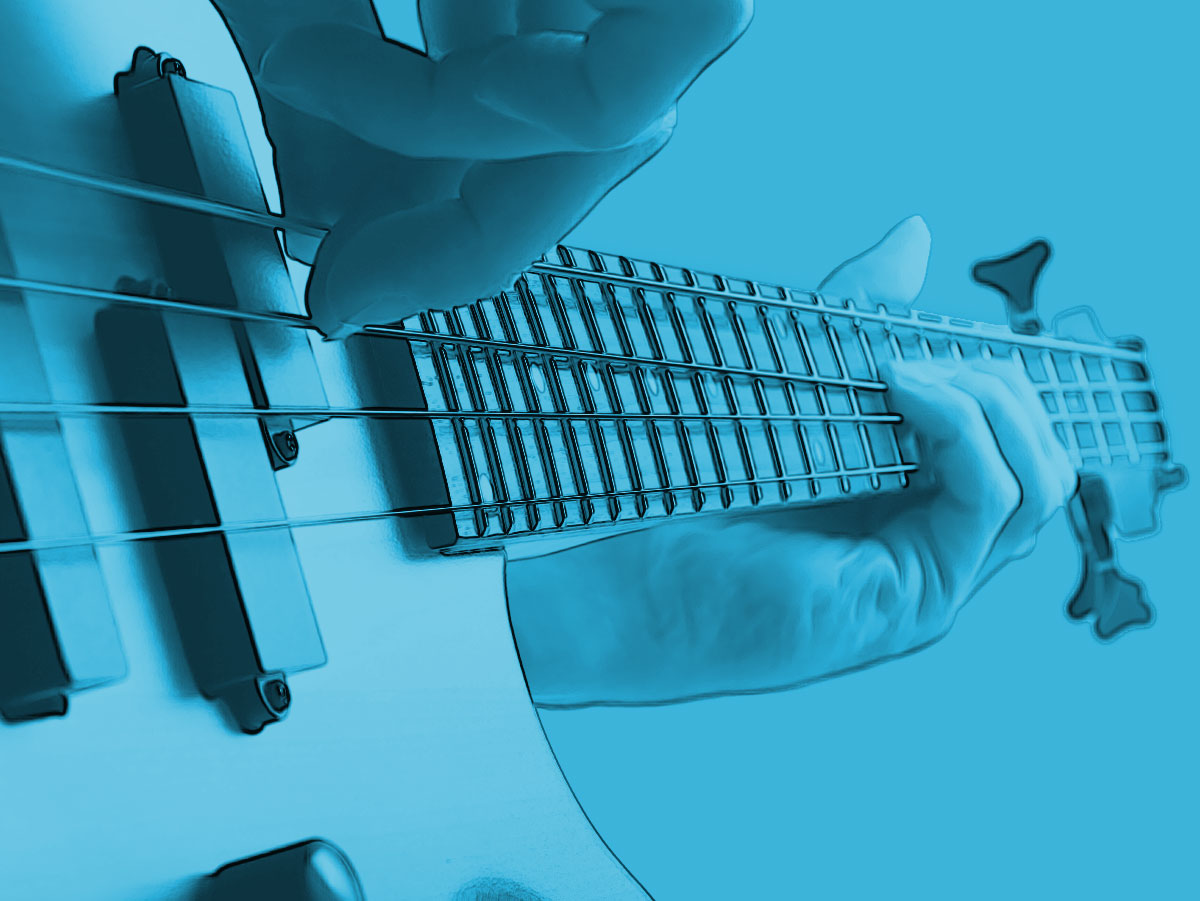- Published Oct 31, 2013 in Music 101
You always think you'll remember every detail; the melody you heard, the frustration you felt, the accomplishments that felt so good. But we're always thinking of the next best thing. So write it down now.
You will not remember it. It will not be as obvious later as it is now. How many times have you had “the best” idea for a riff, phrase, technique, chord progression, or any other detail of your craft? How often did this idea seem so intuitive that you were sure you wouldn’t forget it, only to fall victim to the very limitations of your very own short term memory?
How do we get around this cognitive and creative blind-spot? How do we use our mental faculties to our advantage? Why, we engage in practice logging.
Symbol systems.
They allow us to quantify, qualify, and codify our thoughts. Some would argue our ability to manipulate symbol systems is what differentiates us from other animals, thus facilitating communication of mental concepts, not only with others, but with ourselves at a later time.
The last thing I want is my creative process to feel like work...
This facilitates a shift in resources, such that less cognitive real estate needs to be dedicated to referencing the myriad ideas or information that one comes across throughout a day, week, month . . . life; and more can be dedicated to synthesizing the pastiche of information that has been collected in one’s personal library or catalogue.
We are in a data-gathering wonderland where symbol systems can be manipulated on a phone, tablet, computer, or analog cassette recorder, or even more analog paper and pencil. I mean, if you want to be a purest and try using smoke signals and an abacus, go for it.
I use a variety of tools to log my practicing but must admit to keeping it pretty organic with a black leather bound graph paper book that I use for doodling, calligraphy, musical ideas, philosophical ideas, lyrics, flowcharts, chord progressions, and, of course, practice logging.
My day-gig is as a lab manager so I spend all day working with protocols. The last thing I want is my creative process to feel like work (as much as I see both science and art to be both technical and creative. Don’t get me started), so I break down my practice “to-do” list into vague categories of “Songs I’d like to learn”, “Concepts I’m working on”, and “Technique”.
Quantify.
Regardless of your “to-do” list, it needs to be quantified so that you can see progress over time. For instance, “Songs to learn” gets a check mark next to each tune I learn after I’ve learned it, denoting more progress with more check marks. Further, “Technique” is usually a specific exercise that I track metronome markings for so I can track the range of speeds with which I can play a particular riff.

Keeping track of songs you've learned and techniques you've mastered will help give perspective to your practice sessions and show growth.
Qualify.
By contrast, “Concepts” is more qualitative than quantitative in that it is an application of an obtuse or abstract theoretic concept over a chord or chord change that I want to get “in my ear” and “under my fingers”. I find recording myself more useful for this element of practice logging.

Logging concepts may be better suited to an audio recording but keeping a written list provides a quick and efficient reference you can easily look back on.
Codify.
Further, the ideas that are generated from practicing may be fleeting. Take the time to write them down! Either in the moment or as you are listening back to yourself. Take advantage of the fact that you can manipulate symbol systems, because you will not remember it.

Symbols systems, like musical notation and chord symbols, provide the perfect method for recording invaluable ideas using a universal language.
Now go out and:
- Learn Evernote
- Buy a notebook
- Figure out how the sound recording app works on your phone
- Inspire.

